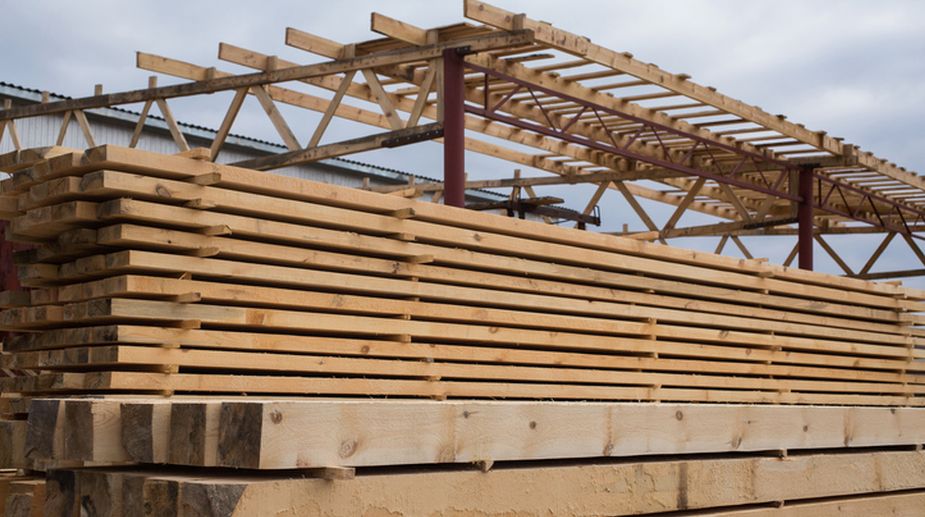Enormous storehouses with wooden planks and logs piled up to the roof on one side and a massive single-room workshop with century-old machines on the other — that’s Andaman and Nicobar archipelago’s Chatham Saw Mill, the oldest and also one of the biggest in Asia.
Three kilometres north of capital Port Blair, the mill, occupying an entire island, was also named after it. The massive wooden front gate at the entrance right at the end of a 100-metre bridge, proudly announces Chatham’s contribution to the history of the island.
Advertisement
The mill, established way back in 1883, during British colonial rule, was primarily used to meet the requirement of timber for construction works in the island. The British also used the saw mill to convert huge quantities of timber for catering to the needs back in their own country.
Chatham, a primary handler of the island’s premium timber — the Andaman Padauk — has many jewels in its crown. It is said that the beautiful crimson walls of the Buckingham Palace in London are made of the Padauk wood seasoned in this very saw mill.
Upon entering the mill complex, a smart museum built in 2006 by the Department of Environment and Forests catches the eye. It exhibits historically important photographs of the mill as well as the diverse natural beauty of the islands. It also contains different furniture as well as artefacts made out of the timber sawn in the mill and explains several different cross-sections of the red, white and golden Padauk wood.
“Individual buyers are no longer allowed to take out wooden logs from the Andamans in order to stop deforestation. The wood is mostly used for local purposes. But here outsiders and tourists can get the feel of furniture made of Padauk. They are incredibly sturdy and never catch any kind of insects,” a guide explained.
The mill, originally capable of sawing 20,000 cubic metres of wooden logs annually, also handles exquisite timber like marble wood, satinwood and black chulgam — among the 144 types of trees that are found in the Andamans. However, the mill is currently consuming around 12,000-13000 cubic metres of logs on a yearly basis, while the sawed timber from Chatham is mostly sold to the locals at a price fixed by the Andaman administration.
Right outside the main workshop in Chatham stands a massive storeroom with old metal tracks to carry the logs and wooden planks. The iconic godown has been there since the inception of the mill and is said to have been built by 200 Indian freedom fighters who were exiled to the islands by the then British government.
The glorious saw mill, however, went through a trying time when a large part of it was destroyed by Japanese air force bombs during World War II. After the war, the mill was revived by salvaging the old machinery to meet the islanders’ continued need of sawn timber.











